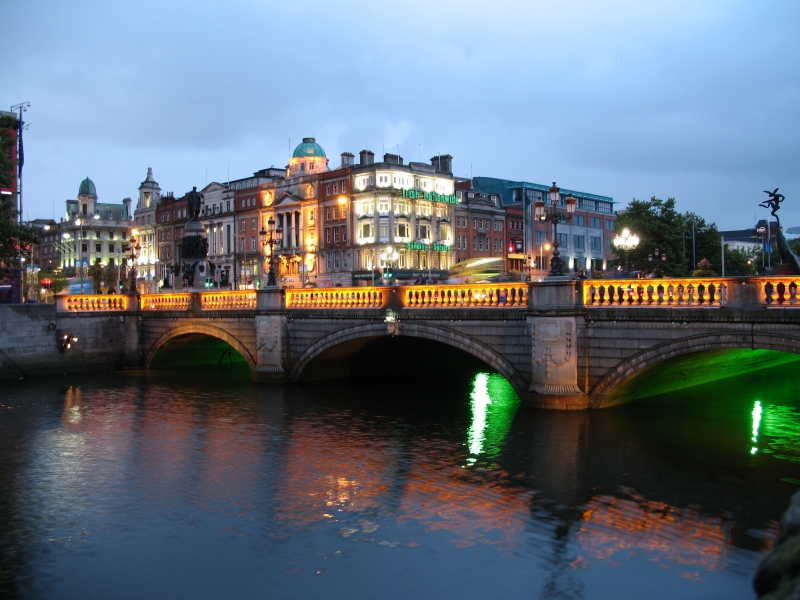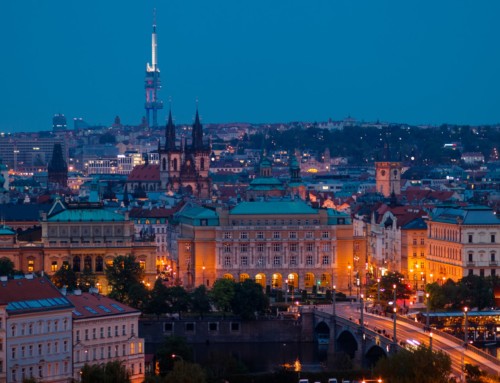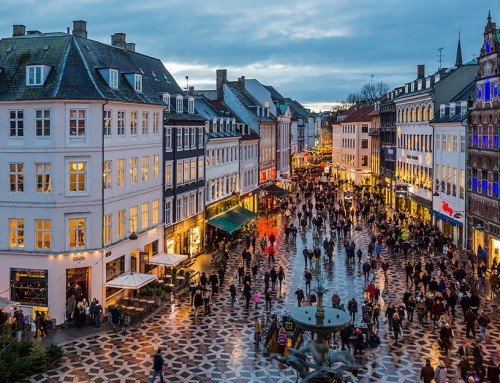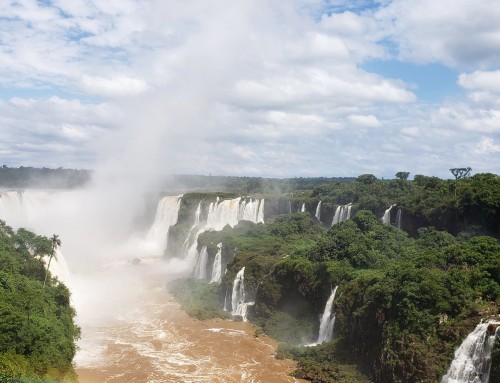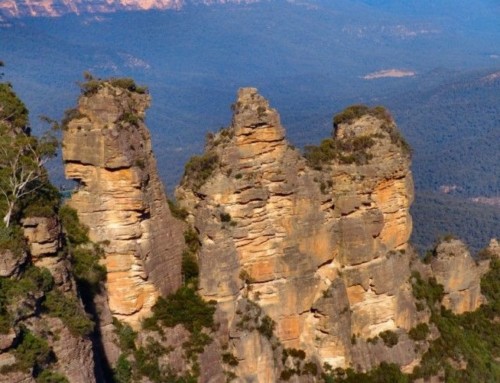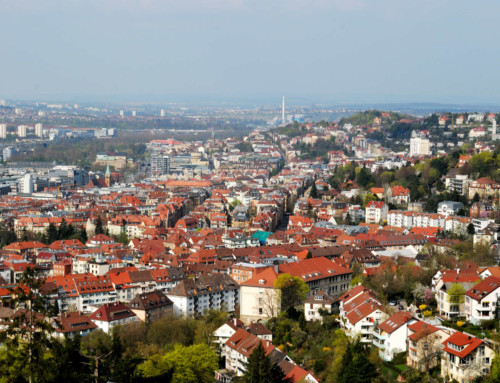Dublin is the capital city of Ireland. It is a popular city. Dublin is near the east coast at the mouth of the River Liffey and at the center of Dublin Region. It is in the province of Leinster. The name Dublin means “black pool”. It was established in the 9th century as a Viking Settlement. Dublin grew at an enormous pace. It occupies an area of 115 sq. km. To the south are low mountain ranges, and to the north and west are the flat farmlands. Dublin has a maritime climate similar to northwest Europe. The Dublin region is the economic center of Ireland.
Points of Interest
Dublin Castle
Dublin Castle has played a major role in the history of Ireland. It stands off Dame Street. The castle was the seat of British rule, but now is an Irish government complex. It was built in the 13th century. The Vikings used it as a military fortress, a prison, and courts of law. Dublin Castle now houses State Apartments, Chapel Royal, Craft Shop, Undercroft,
Heritage Center and Restaurant.
On 14th February Valentine’s Day, visitors will get to watch the show Italian Love Story. The tourists can access the Castle by guided tours only. It is open Monday to Saturday from 10 am to 4pm. There is an entrance fee to see the Dublin Castle.
Phoenix Park
Phoenix Park in Dublin is an urban park. It is located west of the city center. River Liffey is to its north. It is one of the largest park in Europe. The park has vast grasslands and avenues lined with trees. It is home to a herd of wild Fallow deer.
Phoenix Park has the Dublin Zoo within it with animals and tropical birds. It is the third oldest zoo in the world. You will see the Papal Cross where an open air mass is held. The cross is 115 feet high. The tourists come across some monuments in the park like the 203 feet high Wellington Monument, a Phoenix Column and Corinthian Column which is carved from Portland stone.
Ashtown Castle is the oldest building in the park. There are gardens located close to the Parkgate Street entrance. You see lakes, children’s playgrounds, picnic areas etc. You could walk around the Furry Glen. Phoenix Park has wetlands and several streams. Automatic lighting gas street lamps look elegant as they line the main avenue of the Phoenix Park. It is enclosed by a wall and occupies an area of 1,750 acres.
Christ Church Cathedral
This cathedral is the spiritual heart of Dublin. The interiors are beautiful and medieval. The crypt here is one of the largest in Britain and Ireland. It has memorials, the treasury, the cathedral shop, cafe and an audio visual presentation.
The cathedral has many relics. You will see one of Ireland’s best choirs. The cathedrals hold the tomb of a medieval Norman-Welsh peer named Strongbow. At the west end of Christ Church Cathedral, you will find a stone bridge leading the visitor to the former synod hall.
The Little Museum
This museum is in an 18th century Georgian town house on Stephen’s Green location. The curios here take the visitor into the sociological history of Dublin. It is people’s museum. The Little Museum is the brainchild of director Trevor and its curator Simon O’Connor. It opened its doors to the public in 2011 April. It has three floors. It is open all seven days of the week. The Little Museum has a varied collection of photographs, art, objects postcards and many more.
National Concert Hall
The location of this Concert Hall is on Earlsfort Terrace, in Dublin. It holds classical music concerts. It is Ireland’s National Cultural Institutions today. The Main Auditorium has a seating capacity of 1,200 people. At the back of the stage is a magnificent concert organ.
St. Stephen’s Green
Dublin’s best Victorian public park is St. Stephen’s Green. Its layout is completely Victorian. It has perimeter tree, shrubs, bordered with herbaceous plants looking bright and colorful all through spring to late autumn. The visitors find a Victorian lakeside shelter and Swiss shelters right in the center of the park. The lake looks ornamental with waterfalls and Pulham rock work on the west side of the green. Concerts are held here in the summer. It has a playground for the kids. St. Stephen’s Green occupies a 9 hectare area. Visiting the peak refreshes and rejuvenates one and all.
A lot more is left to be seen in Dublin. Get on a tour from the city center. You will come home with loads of sightseeing images of in and around Dublin. If you would love to sail then opt for the cruises, sailing and water tours. Wine, dine and be merry in Dublin enjoying its nightlife.
Shop for food at Dublin’s Meeting House Square Market. It is an open-air market. Stroll between markets and buy your pick of Irish souvenirs, crafts, antique and jewelry. Drop by an eatery. Order some delicious local food. Dublin has some excellent hotels, trendy and modern. Choose a hotel of your type. It is all there in Dublin.
There are a number of airlines from Europe to Dublin. From other countries, the visitor has an option of onward connections to Dublin via London Heathrow, Frankfurt, Paris or Amsterdam. The Dublin Airport is 12 km north of the city. It is easy to get transport from the airport to your hotel.
May to August are sunshine days in Dublin. There is vibrancy everywhere. During Christmas, every nook and corner of Dublin is sparkling.
Citizens of certain countries should apply and avail a visa before entering Ireland. Make inquiries at Irish embassies and consulates for your visa much ahead of your travel plans. Check out the list of countries whose citizens do not require a visa to enter Ireland. A tourist visa requires you to submit certain documents. After your visa is stamped on your passport, you can do all other bookings for your trip to Dublin.

